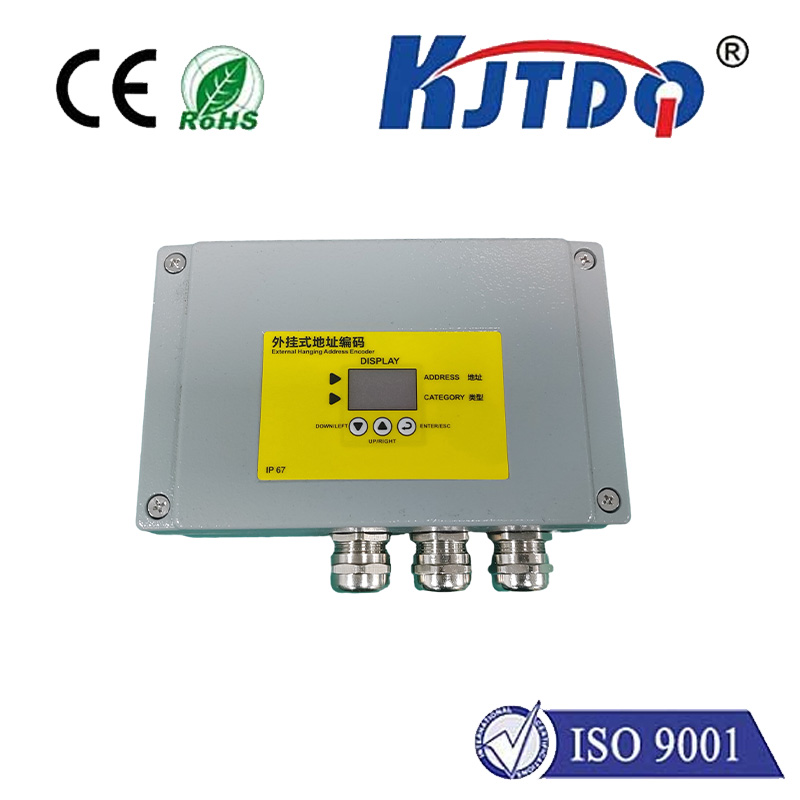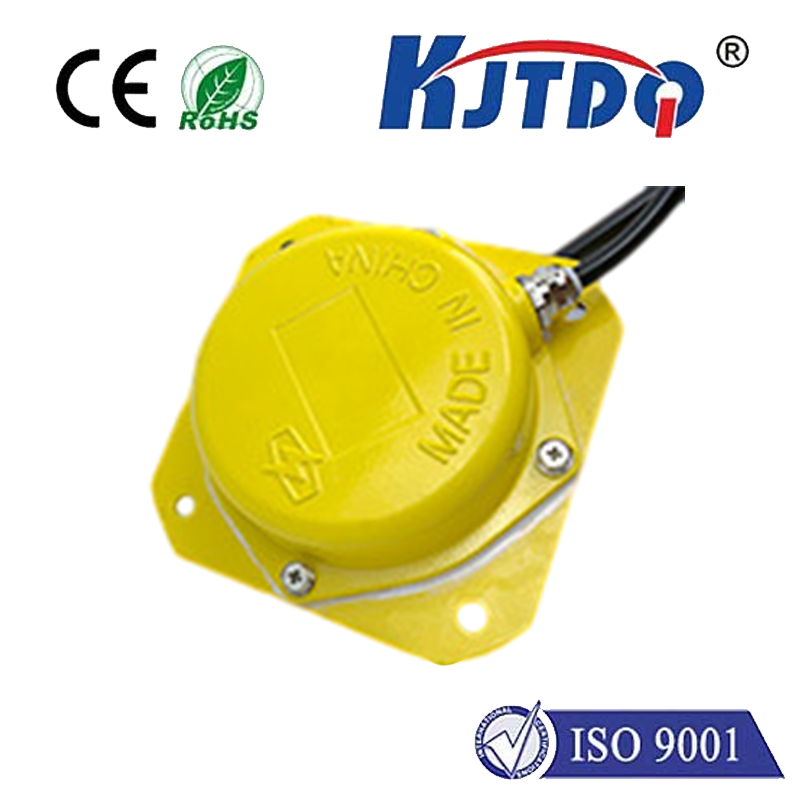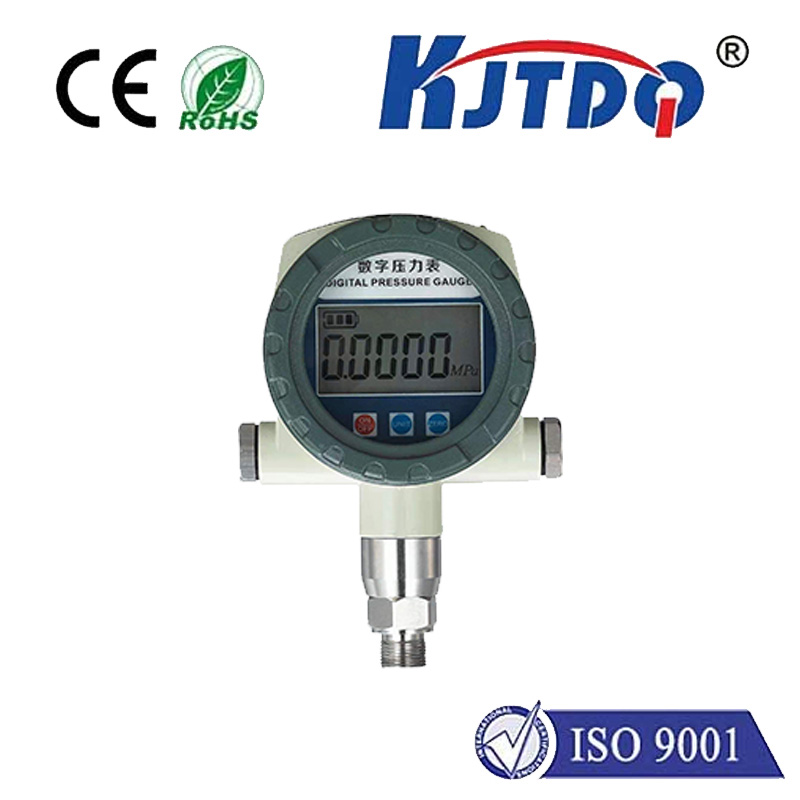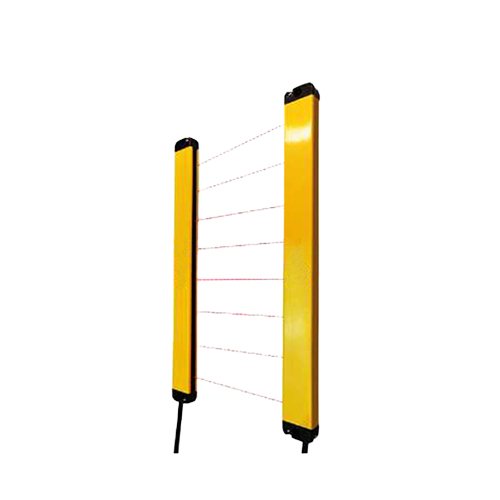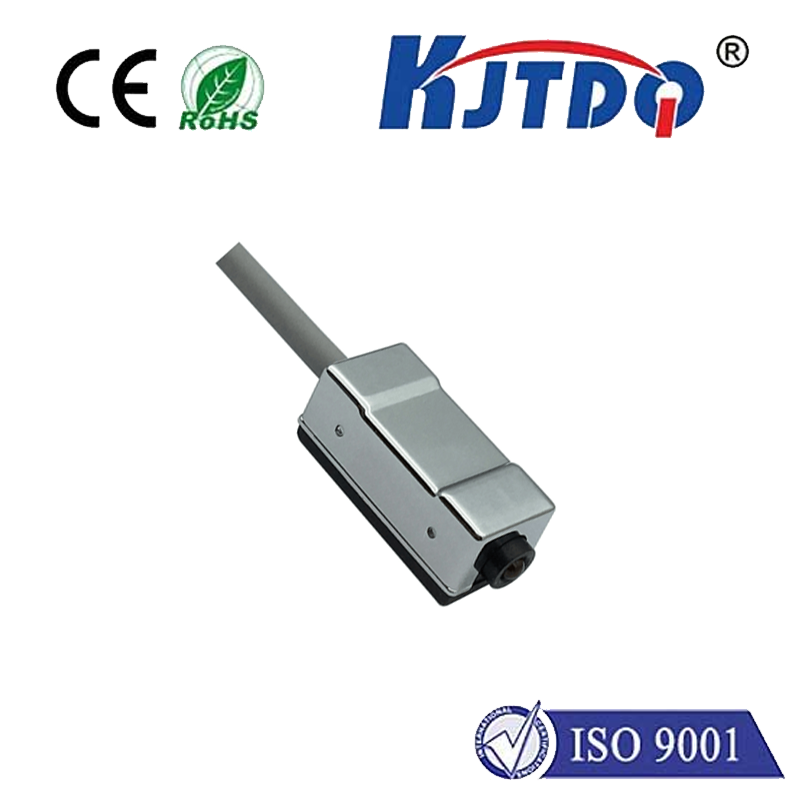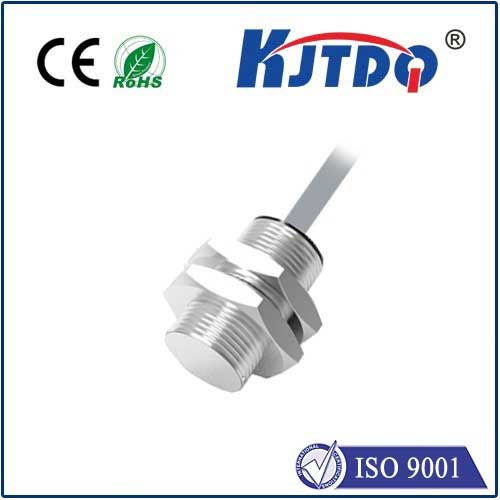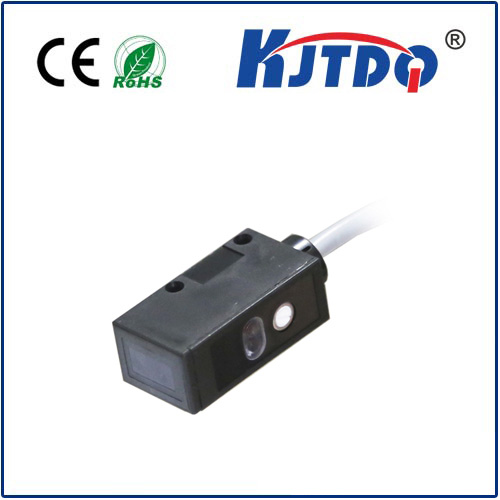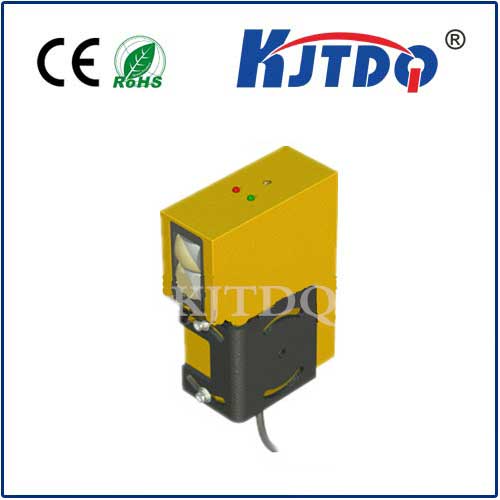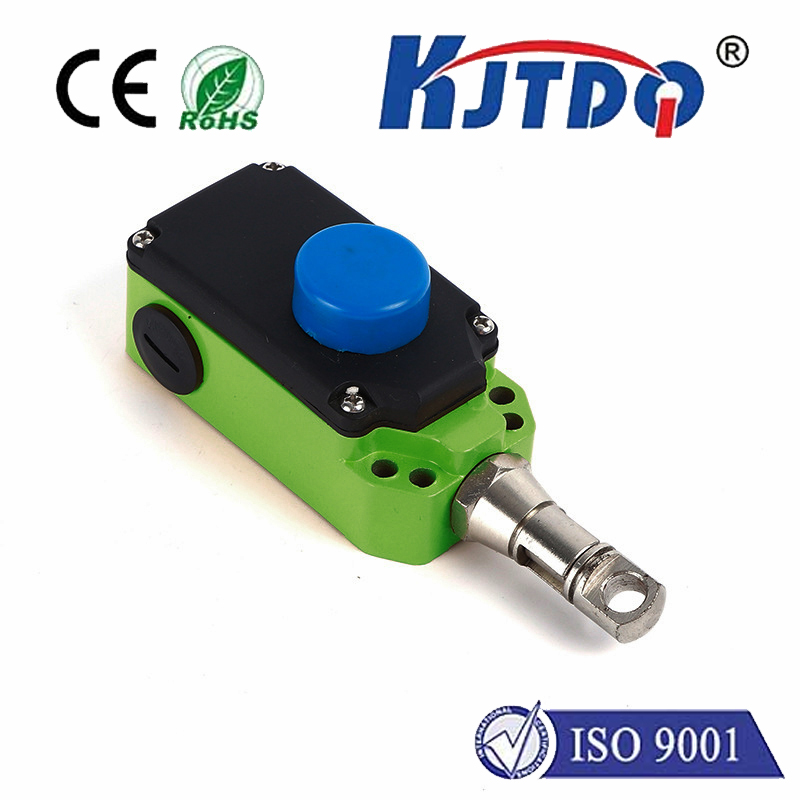

check

check

check

check

check

check

check

check

check

check
DC motor limit switches play an important role in various applications. These switches are used to monitor and control the motion of DC motors by detecting the position of their moving parts. In this article, we will discuss the different types of DC motor limit switches, how they work, and their benefits and limitations.
Types of DC Motor Limit Switches
There are several types of DC motor limit switches available in the market, including mechanical switches, photoelectric switches, and magnetic switches. Mechanical switches use a physical contact between two points to detect the position of the motor's moving parts. Photoelectric switches use light beams to detect the presence or absence of an object in the path of the motor. Magnetic switches use magnets or hall effect sensors to detect the position of the motor's moving parts.
How DC Motor Limit Switches Work

DC motor limit switches work by sending signals to the motor controller when the moving parts of the motor reach a certain position. The switch is typically mounted on the housing of the motor or on a nearby surface, and it is connected to the motor controller through a wired connection. When the motor's moving parts reach the preset limit, the switch sends a signal to the controller, which then stops or reverses the direction of the motor.
Benefits of Using DC Motor Limit Switches
Using DC motor limit switches has several benefits. Firstly, they help prevent damage to the motor and other equipment by stopping the motor before it reaches its maximum travel distance. Secondly, they improve the accuracy of the motor's movement by providing precise control over its position. Thirdly, they can be used to automate processes by triggering other devices or systems when the motor reaches a certain position.
Limitations of DC Motor Limit Switches
Despite their benefits, DC motor limit switches have some limitations. For example, mechanical switches may wear out over time due to repeated physical contact with the motor's moving parts. Photoelectric switches may be affected by environmental factors such as dust and moisture, which can interfere with their ability to detect objects accurately. Magnetic switches may require additional components such as magnets or hall effect sensors, which can increase costs and complexity.
Conclusion
In conclusion, DC motor limit switches play an essential role in controlling and monitoring the motion of DC motors. By using the appropriate type of limit switch, users can ensure accurate and reliable operation of their equipment while minimizing potential damage and improving productivity. However, it is important to consider the limitations and tradeoffs associated with each type of limit switch before making a decision.
